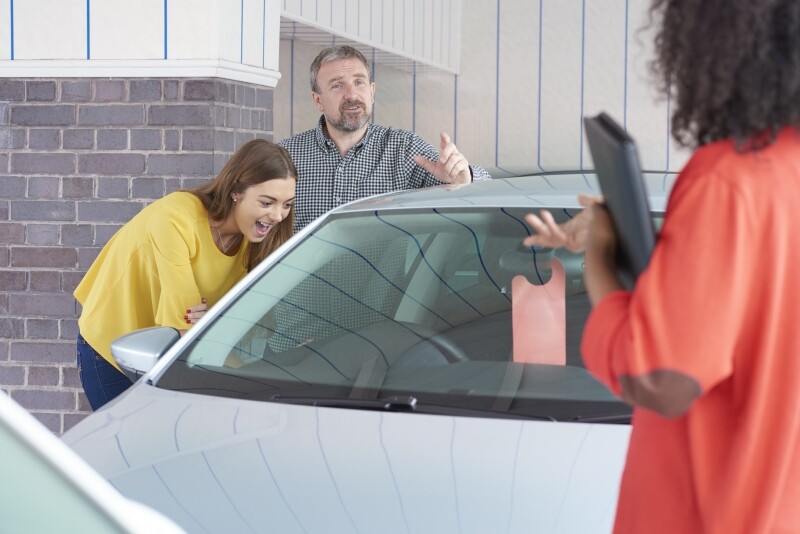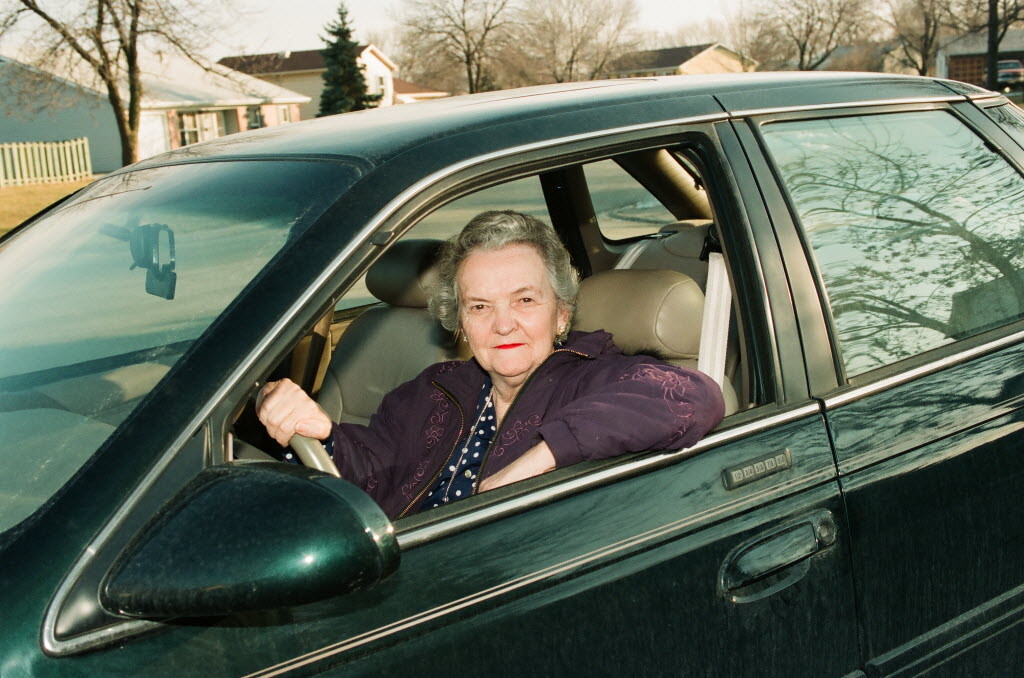Posted on April 25th, 2016
Your Car Is a Public Health Tool
We don’t often think of our cars as public health tools, but safety features in vehicles can protect us from injuries, much as vaccines protect us from certain diseases. In fact, the Centers for Disease Control and Prevention (CDC), the U.S.’s public health agency, declared Motor Vehicle Safety one of the top ten public health achievements of the 20th Century, along with well-known successes such as immunizations, recognition of tobacco use as a health hazard, and fluoridation of drinking water.
In the last few decades of the 20th Century, motor vehicle deaths decreased from 50,000 per year to 30,000 deaths per year. What changed?
Importantly, seat belts, child safety seats, and air bags came into use. Changes also were made to enable other parts of the vehicle to be more “forgiving” for occupants in a crash thanks to the installation of a wide range of technologies – shatter-resistant windshields, energy absorbent steering wheels, and head restraints – that reduced lacerations and blunt force trauma, especially to the head, neck, and torso areas. Increased roof strength, as well as front and side protection also improved the crashworthiness of a vehicle in different types of scenarios, reducing the severity of injuries to drivers and passengers.
As we entered the 21st Century, in addition to crashworthiness technology, crash avoidance technologies were increasingly introduced. Many crashes occur simply because drivers are not paying attention or are otherwise distracted behind the wheel.
Since the mid-1990s, the National Transportation Safety Board (NTSB) has recognized the significant benefit of technology countermeasures to prevent and mitigate motor vehicle crashes. Last year, the NTSB released a new report focusing on forward collision avoidance systems (CAS), which typically consist of warning to drivers of an impending crash, and autonomous emergency braking that automatically applies brakes.
In 2012 alone, more than 1.7 million rear-end crashes occurred on our nation’s highways, resulting in more than 1,700 fatalities and 500,000 more injuries. As part of the study, the NTSB issued a Safety Alert entitled Addressing Deadly Rear-End Crashes for consumers and commercial fleet owners. Collision avoidance technologies—such as forward collision avoidance systems (CAS), lane departure warning and blind spot detection – could help to mitigate or even prevent many such crashes; they are passive technology “vaccines” against the risk of motor vehicle crashes.
New car assessment programs (NCAPs) around the world, such as the U.S.-based NHTSA NCAP and the Insurance Institute for Highway Safety, are part of Global NCAP and work to test vehicle crashworthiness in order to determine the safety of cars for the consumer. As technologies are introduced into vehicles, it is important that we do all we can to educate consumers on their life-saving benefits and how to use them. In addition, education campaigns like MyCarDoesWhat help to bring awareness to consumers as well.
With the vision of a future with no motor vehicle crashes, deaths, and injuries, it’s important that we continue to improve crash prevention technologies, while also striving for advances in technologies to improve vehicle crashworthiness, especially as it relates to occupant protection.
Inflatable seat belts, smart air bags, and knee bolsters are advances in occupant protection that can reduce injury severity, especially as we age. As vehicle design changes to adapt to these new restraint technologies, we also face the challenge of how these changes affect the rear seat passenger.
Car frames may be made more rigid in order to be crashworthy for front seat passengers with more advanced restraint systems, but is there a trade-off for the rear seat passenger? Are technologies in the rear seat keeping up with overall vehicle changes? These questions and others will be addressed tomorrow, April 26, 2016, at the NTSB’s Rear Seat Safety in Passenger Vehicles Workshop. Tomorrow’s workshop will bring together leading experts to address this component of the NTSB’s Most Wanted List issue Strengthen Occupant Protection.
Prevention is the philosophy of public health and prevention of deaths and injuries is truly an important public health achievement. Our cars represent incredible technologies that have made us more mobile. Our challenge will be to continue to improve vehicle safety features so that we can continue to use this public health tool to prevent deaths and injuries on our roads.
This blog also appears on the NTSB.gov website. MyCarDoesWhat has received permission from the NTSB to reproduce it on the MyCarDoesWhat.org website. This permission does not constitute an endorsement of MyCarDoesWhat by the NTSB.





 MyCarDoesWhat
MyCarDoesWhat